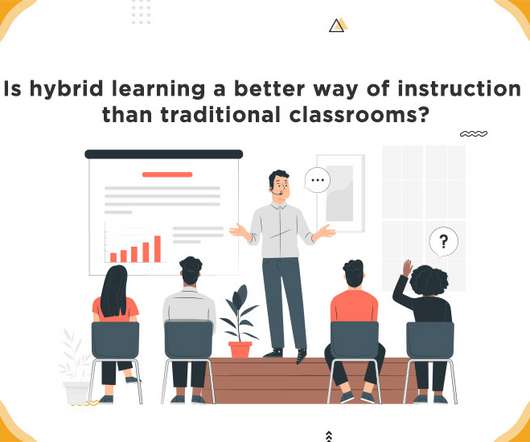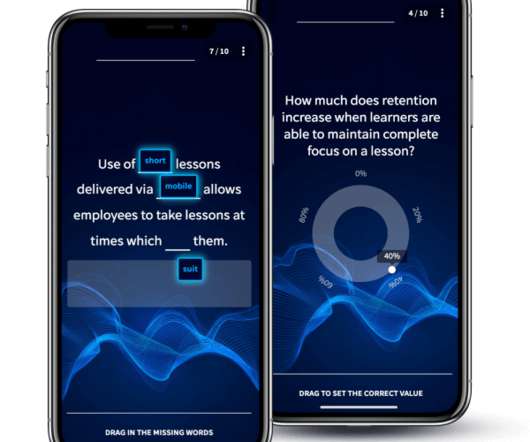Asynchronous or Synchronous A Guide To eLearning Approaches
KnowledgeAnywhere
JANUARY 11, 2021
For learners to participate and acquire new skills and knowledge, there are two methods of online training to pay attention to; synchronous and asynchronous eLearning. Here’s a few ways that training can occur: via webinars, video conferences, webcasts, application sharing, and live chat. Asynchronous eLearning.
































Let's personalize your content